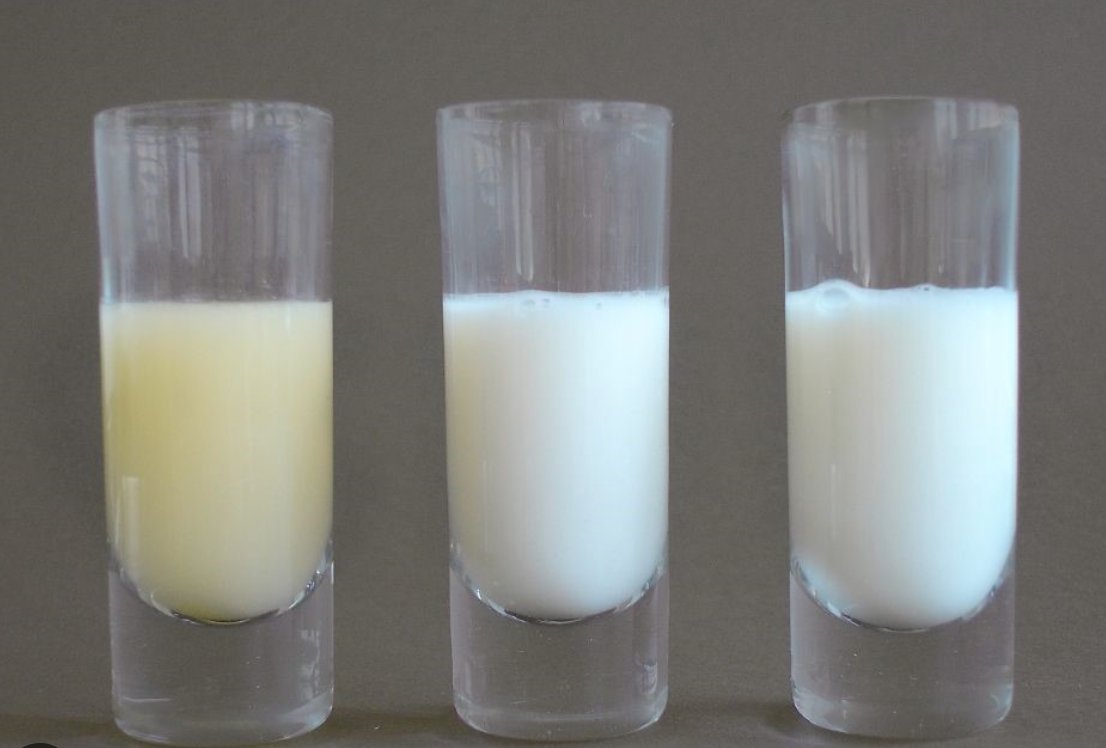Some of the comments to this question are hilarious.
This is actually Antrodia cinnamomea a fungus also known as “The ruby in the forest”.
Look what it did to a man with lung cancer and a woman with breast cancer👇🏾
This is actually Antrodia cinnamomea a fungus also known as “The ruby in the forest”.
Look what it did to a man with lung cancer and a woman with breast cancer👇🏾
https://twitter.com/drkohilathas/status/1640750939802927112
In one case study of a man with small cell lung cancer, A. Cinnamomea was prescribed with an increasing dosage, from 5 g/d up to 10 g/d, for six months, without radiation or chemotherapy treatment.
A. Cinnamomea caused the tumour to shrink substantially. Surprisingly, the patient survived for 32 months without relapse after six months of A. Cinnamomea treatment.
Laboratory examinations indicated that the patient’s health had improved significantly, reverting to near normal levels. Notably, he had a good quality of life but unfortunately, this patient died of septic shock caused by acute cholangitis.
mdpi.com/1648-9144/55/1…
mdpi.com/1648-9144/55/1…
A case report of a woman diagnosed with relapsed bone metastases of breast cancer taking a combination of a chemo agent called Palbociclib and A. cinnamomea (10g/day) showed that after 14 months...
...her pain was mostly relieved and tumours at the thoracic vertebrae T1 and T3 were found to have shrunk from 35.2 and 12.0 mm to 28.1 and 9.9 mm, respectively.
Remarkably, no further metastases were observed.
journals.lww.com/md-journal/ful…
Remarkably, no further metastases were observed.
journals.lww.com/md-journal/ful…
• • •
Missing some Tweet in this thread? You can try to
force a refresh

 Read on Twitter
Read on Twitter
















